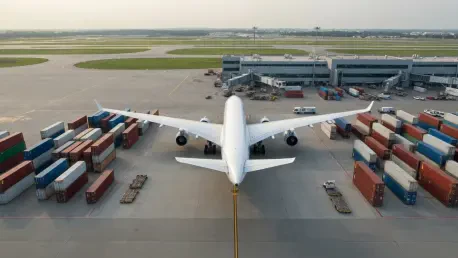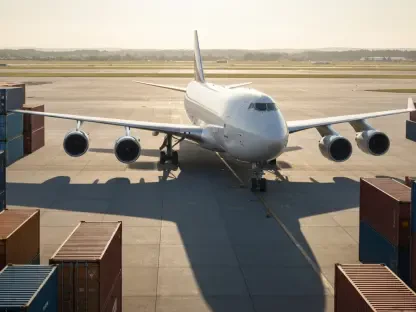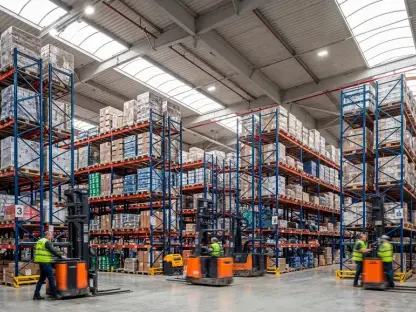A Sudden Grounding And A Shifting Timeline: Why The MD-11F Crisis Matters Now
A single failure on takeoff in Louisville cascaded into an industry reckoning, as a fatal UPS incident led to an Emergency Airworthiness Directive and turned a presumed quick fix into an open‑ended grounding. In this roundup, voices from safety teams, fleet planners, and freight buyers converge on one theme: an aging freighter family now sits at the center of a high‑stakes test of resilience.
Analysts describe a fragile equation: legacy airframes, uncertain engine/pylon integrity, and a regulatory tempo that stresses global networks. Commentators agree the pivot from borescope checks to invasive inspections reshapes capacity, with Western Global exposed, integrators buffered, and timelines undefined.
From Accident To Industry Reset: Operational, Technical, And Competitive Repercussions
The Technical Escalation: From Borescope Hopes To Teardown Reality
Maintenance leaders report that expected noninvasive checks gave way to teardown-level work on pylons, fittings, and load paths. Boeing guidance and regulator posture signaled fatigue and corrosion risk zones that demand part replacement, not just inspection.
Safety advocates endorse the deeper scope, while operators warn that undefined return windows erode schedules and crew planning. Finance voices add that open‑ended MRO tasks complicate cash forecasting and slot allocation.
Western Global’s Crunch: Concentrated Risk Meets Limited Fallback
Network planners point out that 12 MD‑11Fs out of 15 aircraft left Western Global thin across Ostend, Seoul, Hong Kong, Rota, and Beersheba. Furlough notices and pre‑grounding storage compounded the crunch, forcing rapid schedule surgery.
Customer advisers foresee cash strain, higher ACMI exposure, and potential defections. Yet charter brokers note a sliver of upside: leveraging 747‑400 lift for tactical relief where yield justifies it.
Integrators’ Buffer: FedEx And UPS Juggle Fleets, But Not Without Friction
Operations chiefs at larger carriers highlight diversified fleets, parked reserves, and the latitude to consolidate routes or borrow uplift from partners. Time‑definite lanes can be shielded by reprioritizing blocks and trimming marginal flying.
Procurement teams caution that buffers carry costs: higher unit economics, thinner redundancy during peaks, and uneven belly capacity that limits backfilling on some lanes.
The Bigger Picture For Aging Freighters: Compliance Costs, Conversions, And Fleet Renewal
Policy watchers see a trend toward tighter oversight on legacy types and rising maintenance burdens that erode the MD‑11F’s bargain mystique. Parts scarcity and downtime tilt the math toward newer conversions.
Regional views diverge: markets reliant on MD‑11F lift feel the hit, while those with 767F, 777F, or A330P2F options reoptimize. Lessors argue that structural health monitoring and disciplined lifecycle plans now set the competitive bar.
What To Do Now: Stabilizing Operations And Planning Beyond The Grounding
Stakeholders converge on three takeaways: safety drives uncertainty; impacts are asymmetric; and the cost curve for aging freighters is steepening. Nimble players hedge through ACMI, interlines, and careful SLA triage.
Playbooks emphasize phased return scenarios, transparent customer updates, and early MRO slot claims with critical spares staged. Treasury teams model prolonged downtime, preserving liquidity while protecting core lanes.
After The MD-11F Reckoning: Where Cargo Airlines Go From Here
Commentators reinforce the premium on regulatory vigilance, type diversification, and network flexibility. Faster retirements, shifts to newer freighter families, and richer structural monitoring become baseline strategy, not stretch goals.
The broader consensus frames this grounding as a fleet‑strategy stress test: invest in adaptability, accelerate renewal where economics clear, and embed data‑driven maintenance to control risk. Those moves define the recovery curve that carriers aim to own next.









